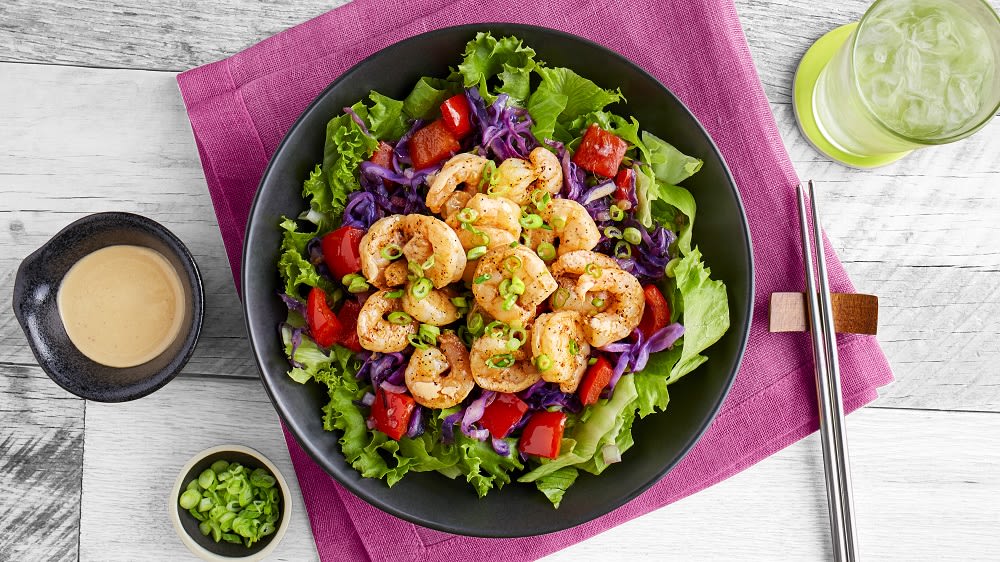Plant-Based Diets 101: A Beginner's Guide to Starting a Plant-Based Lifestyle
Plant-Based Diets 101: A Beginner's Guide to Starting a Plant-Based Lifestyle
Thinking of Switching to a Plant-Based Diet?
Vegetarian and vegan diets have been growing in popularity in recent years. Whether it be for health or environmental reasons, many are making the switch and finding that it comes with a ton of benefits. What’s more, there are plenty of delicious options and recipes for vegetarians and vegans beyond just carrot sticks and tofu! If you’re thinking of making the switch but aren’t quite sure where to start, read on to find out more about plant-based diets. Discover the similarities and differences between them and choose the right plan to fit your lifestyle.

What Is a Plant-Based Diet?
A plant-based diet is one that draws the majority of its nutrition and ingredients from plant-based sources. It is a way of eating that is focused primarily on plant-based foods like vegetables, fruits, nuts, whole grains, and legumes. That being said, the term “plant-based diet” is quite broad. From pescatarians, flexitarians and traditional vegetarians, to more strict vegans, the options are numerous. Before we take a look at some of the most common plant-based diets, let’s outline a few of the health and environmental benefits of switching to a plant-based diet.
Following a Plant-Based Diet vs. Meat: Just a Few of the Health Benefits
According to several studies, plant-based diets often provide more fiber and antioxidants than a diet that relies heavily on animal products. Plant-based diets also tend to be richer in vitamins A, C, and E, magnesium, potassium, and folate. This is due to the fact that switching to any plant-forward diet instantly ups your intake of fresh fruits and vegetables, which are loaded with nutritional value, including fiber. Following a plant-based diet has been linked to a lower risk of heart disease. What’s more, studies have indicated that vegans with vegetarians have a significantly lower chance of having high blood pressure compared to habitual meat eaters.
Plant-based diets have also been shown to lower blood sugar levels and may help lower the risk of developing type 2 diabetes. Those who switch to a plant-based way of life tend to lose weight thanks to an overall, natural caloric reduction. The list of benefits goes on and on! It is, though, extremely important to talk with your physician and get regular check-ups to make sure you’re getting the nutrition your body needs.

Good for the Environment: A Plant-Based Diet’s Environmental Impact
On top of doing something great for your body, eating a plant-based vs. meat-based diet comes with good benefits for the planet. By shifting focus from animal products to fruits, vegetables, legumes, and whole grains, you could help fight climate change as well as keep people healthy. Why? It is simply more sustainable! Using farmland to grow plants that produce year after year provides more product on less space than using it for meat and dairy. According to a groundbreaking study in 2018, without meat and dairy consumption, global farmland use could be reduced by upwards of 75% and still feed the world. That study also reported that even the lowest impact meat and dairy products – the organic and grass fed kind – still cause more environmental harm than the least sustainable vegetable and grain products.
The fact is, choosing a plant-forward or plant-based diet is good for you and others. Knowing that, let’s now look at the different options you have when you make the decision to start a plant-based diet.
Vegetarian, Vegan, and More: Plant-Based Diets Explained
Now, from there, there are several offshoots of the original idea:
Vegetarian, Vegan, and More: Plant-Based Diets Explained





Can I Be a Vegetarian or Vegan and Do Keto or Paleo?
One of the most popular questions surrounding plant-based diets is whether they can be followed along with other diets like keto or paleo. The answer is yes, though it may be a little tough for strict vegetarians and vegans. The extremely popular keto diet requires followers to drastically reduce their intake of carbohydrates while increasing protein and healthy fats. Typically, a keto diet includes a lot of meat, dairy, and eggs and little to no grains. This means the keto diet works great for lacto-ovo vegetarians, pescatarians, and semi-vegetarians. However, it will be extremely difficult for vegans, but not impossible. Think lots of tofu and nut-based vegan alternatives like vegan cheese or vegan butter.
